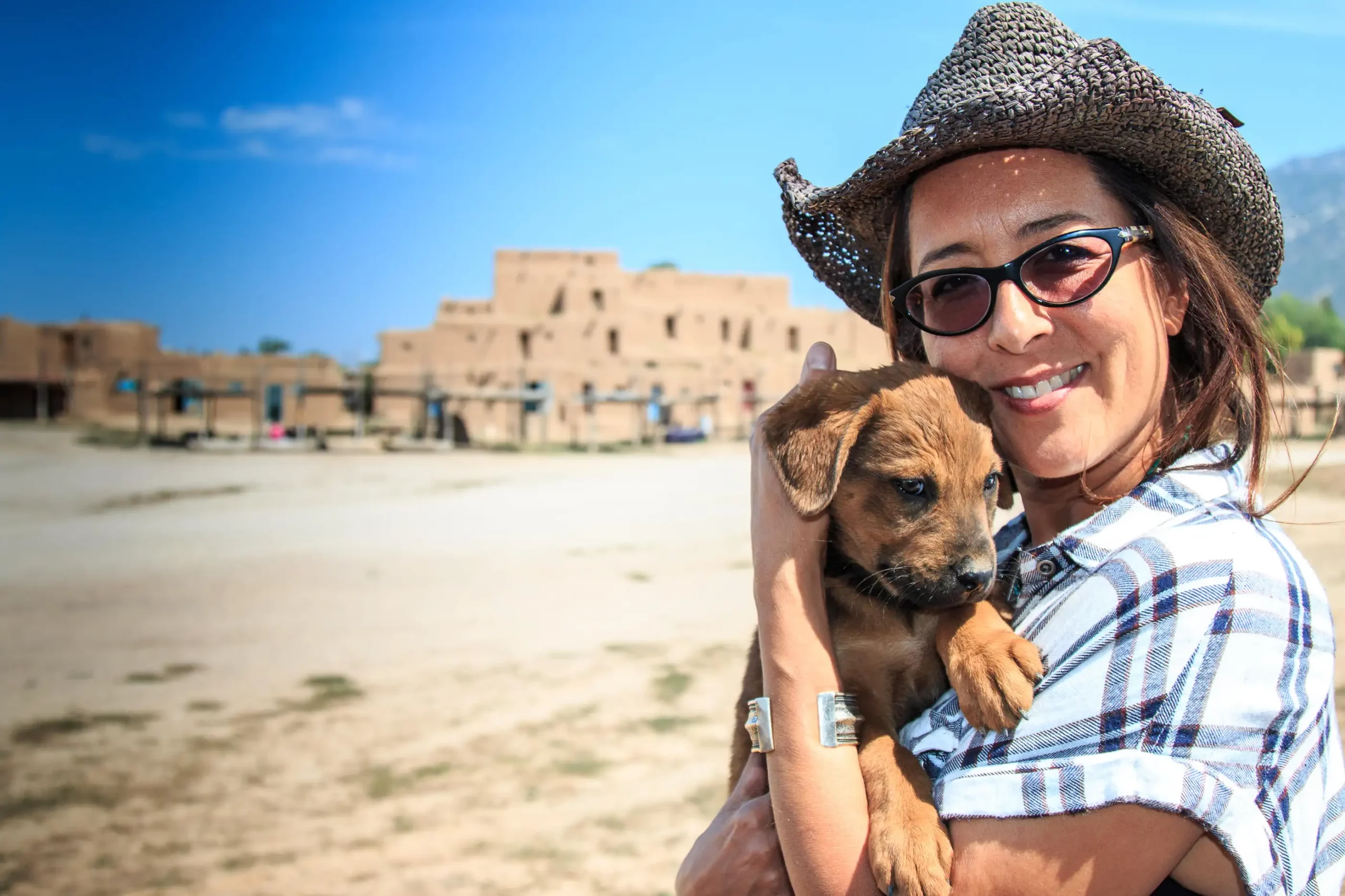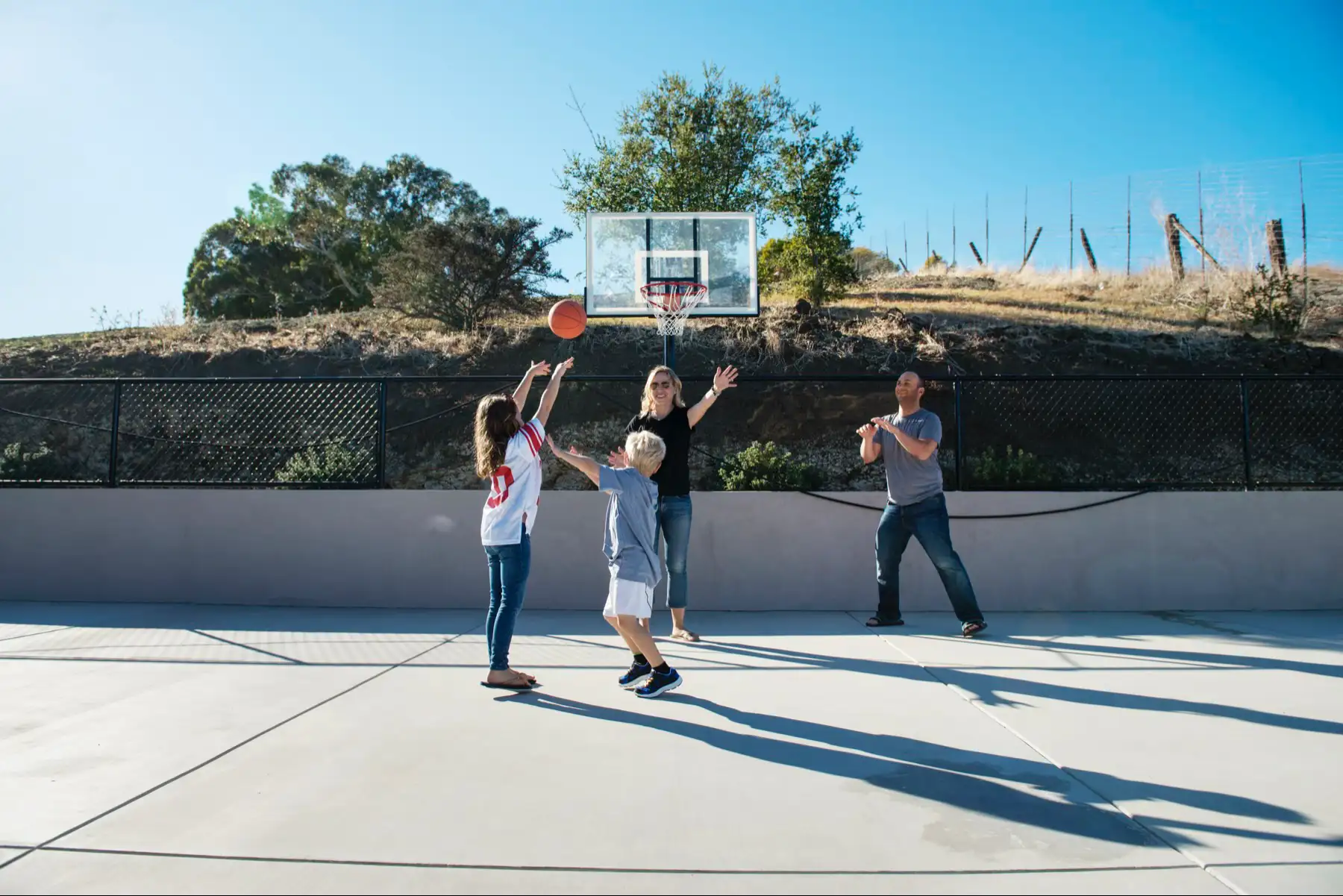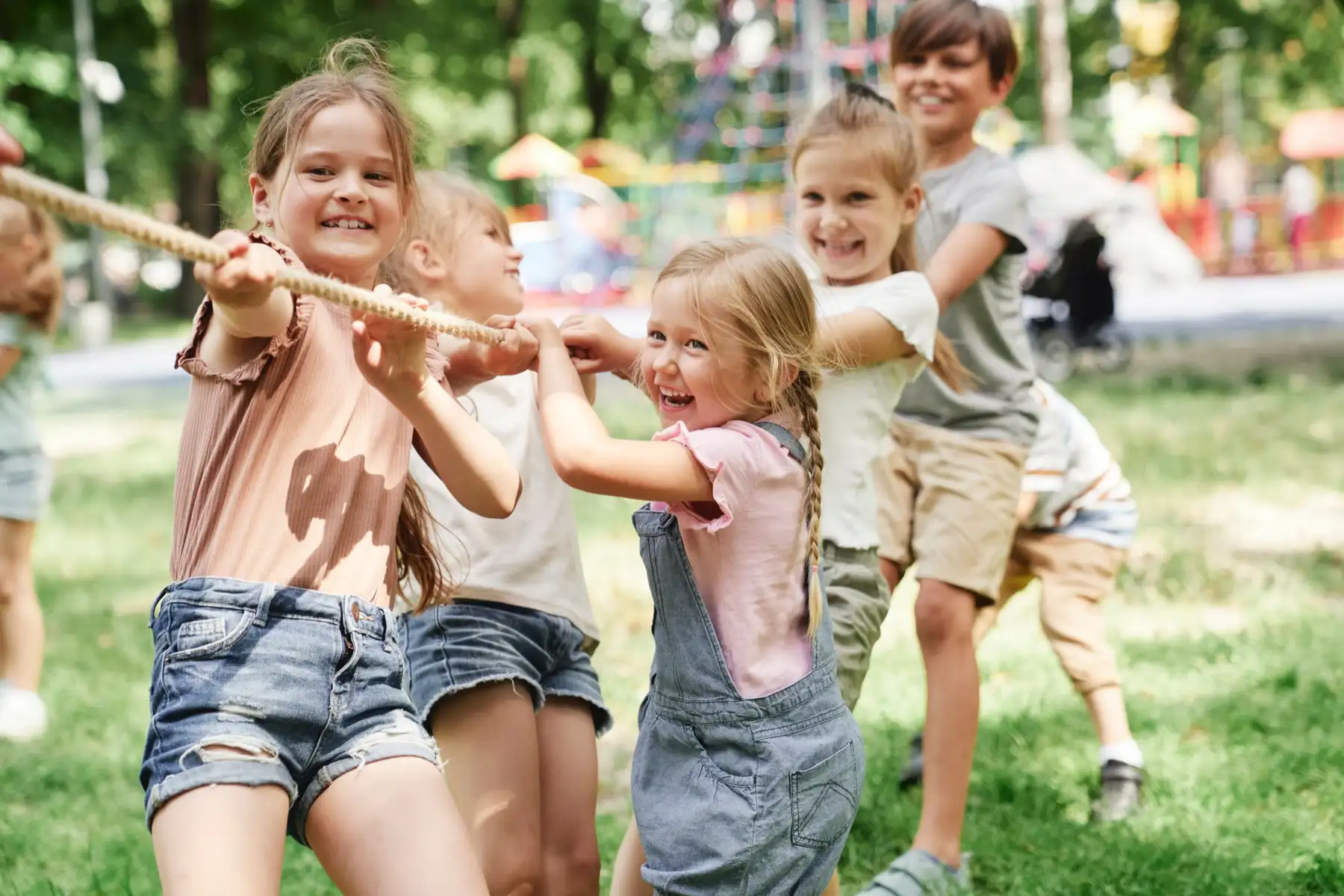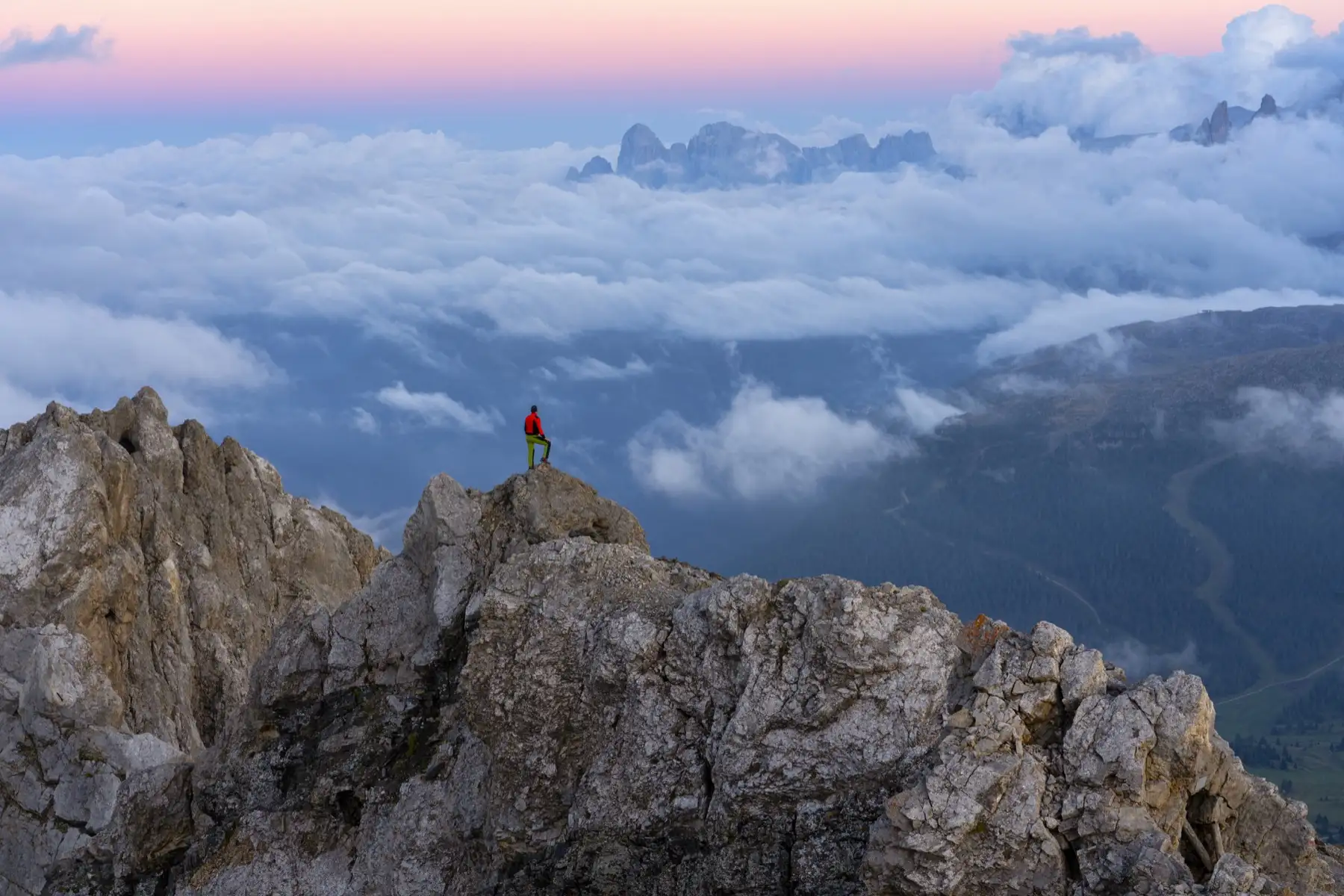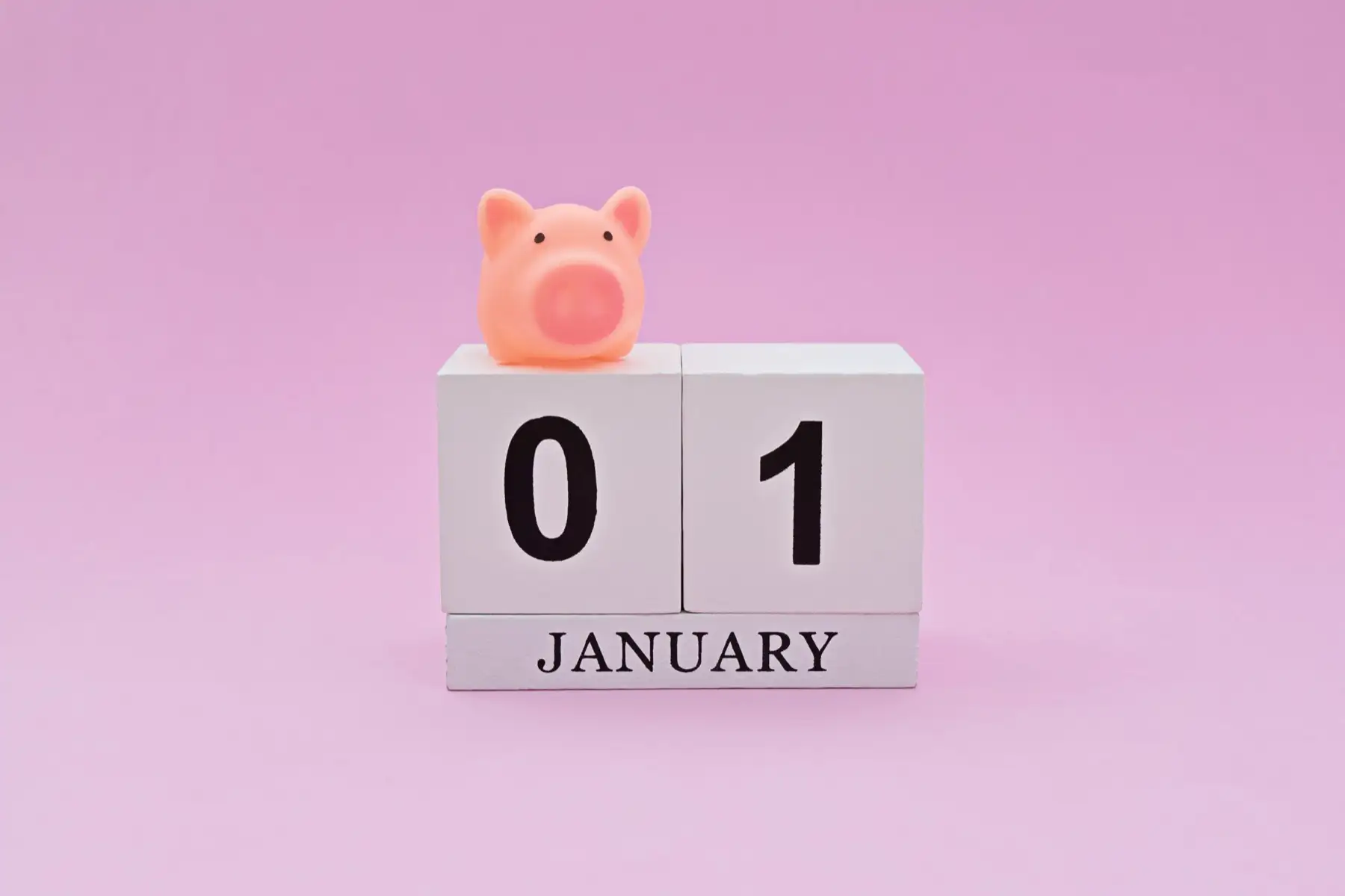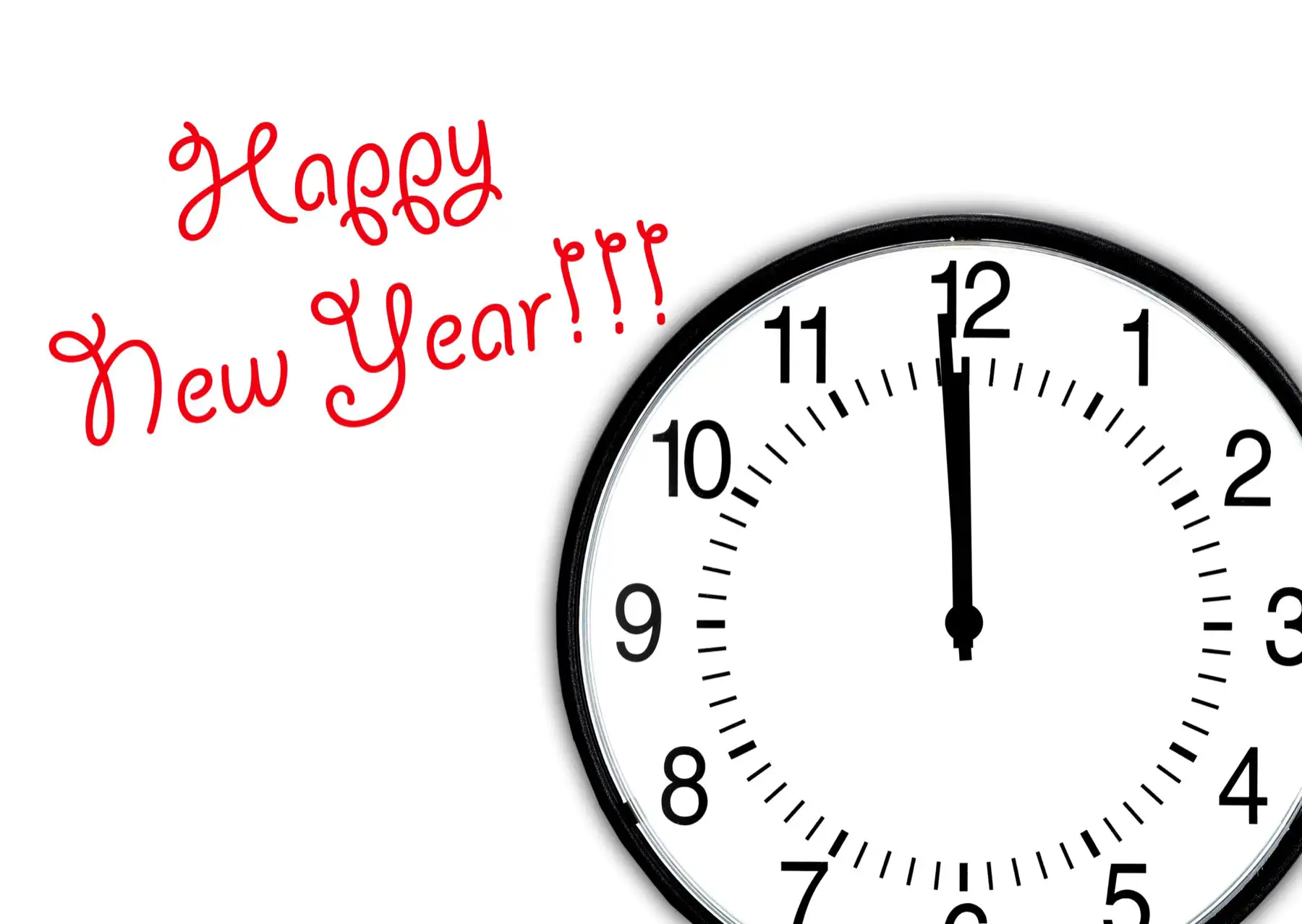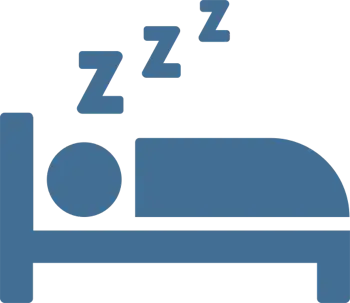What are your creative outlets? And when was the last time you spent time creating? Perhaps it’s painting, making jewelry, building, or modeling clay. Or maybe you enjoy making music, like singing or playing an instrument. Perhaps you love writing. Do you enjoy doing stand-up comedy at open mic nights? Or, like me, maybe you love to cook or bake.
When was the last time you truly relaxed, unplugged, and tuned in enough to allow your mind to explore the things you typically do not give yourself the time to dream about? Not the laundry list of things you need to get done, but the freedom to explore your creativity.
“You do not need anyone’s permission to lead a creative life.” ~Elizabeth Gilbert
In our post, “Grown-ups can play” we remind you of what it was like to play and how to tap into those creative outlets you loved as a child. To recall the things that brought pure joy and freedom into your life.
You don’t need to be famous
When we think of creativity, we often think outside ourselves of famous painters, writers, or musicians. But they are no different than us except they were able to tap into their creativity and made it their career.
We don’t need to be a famous artist, or give up our day jobs to express ourselves creatively. We just need to make the time for it. Allowing ourselves to be creative is as important as exercise, sleep, and mealtime because it takes us fully into the present moment and when we are present like that, there is no room for stress or anxiety. Studies show creativity can help focus the mind and has even been compared to meditation due to its calming effects on the brain and body. Even just gardening or sewing releases dopamine, a natural antidepressant.
Entering Flow State
We enter a flow state when we create without deadlines and time clocks. Flow reduces anxiety, boosts your mood, and even slows your heart rate. Your nervous system becomes calm, and your breathing becomes steady. Feeling joy in the activity may kick in dopamine and increase overall happiness.
In their book Wired To Create: Unravelling The Mysteries Of The Creative Mind, Scott Barry Kaufman and Carolyn Gregoire wrote, “At the broadest level, dopamine facilitates psychological plasticity, a tendency to explore and engage flexibly with new things, in both behavior and thinking… With plasticity comes enhanced cognitive and behavioral engagement and exploration and, frequently, a commitment to personal growth… For most creative people, however, the engagement itself is enough if it provides fodder for innovation. Indeed, research shows that psychological plasticity is associated with high levels of idea generation, engagement with everyday creative activities and publicly recognized creative achievement.” In other words, dopamine is a motivator chemical, and allowing yourself free time for creativity can benefit all pursuits.
Health benefits
A recent study in the National Library of Medicine states that “creative engagement not only reduces depression and isolation, but can also help people with dementia tap back in to their personalities and sharpen their senses.”
A couple of years ago, we attended my aunt Pat’s 90th birthday celebration. Before she retired, my aunt was an esteemed linguistics professor, and a classical piano teacher. Due to her dementia, she not only didn’t remember us, she didn’t recognize her own children. But when she sat down at the piano, she played like a concert pianist. She performed for everyone for over an hour and played all the show tunes and classical numbers from her youth. The creative part of her brain was still alive and well.
Dr. Borna Bonakdarpour, who led a Northwestern Medicine study in collaboration with the Institute For Therapy and the Arts, explained “Music memories often remain in the brain even as language and other memories disappear in dementia. This is because regions of the brain that are involved in musical memory and processing (e.g., the cerebellum) are not as affected by Alzheimer’s or dementia until much later in the disease course. Thus, patients can retain the ability to dance and sing long after their ability to talk has diminished.” Therefore, cultivating our creativity when we are younger is a worthwhile endeavor.
Anyone can create
Journaling is another great creative outlet that anyone can do. Writing down your worries at bedtime, which I call a “mind dump,” can help with insomnia and anxiety. Often therapists recommend journaling to work out our emotions. An article in Medical News Today says studies show “people who write about their experiences daily actually have stronger immune system function.”
Think of a time you were so immersed in a creative activity you lost track of time. I remember when I was a pre-teen sitting at our old upright piano one afternoon after school and practicing all the songs I had recently learned during my weekly lesson. When I finally looked up from the keys, it was dark, and my family was at the table finishing their dinner. My piano playing was not especially good or entertaining, but I enjoyed it enough to get lost in time. I was in flow state. My parents said they let me play past dinnertime and did not want to disturb me, but luckily they had saved me a plate of pasta!
Creativity is innate
“Human beings have been creative beings for a really long time – long enough and consistently enough that it appears to be a totally natural impulse,” writes Elizebeth Gilbert in her bestselling book Big Magic. “The earliest evidence of recognizable art is forty thousand years old. The earliest evidence of human agriculture, by contrast, is only ten thousand years old. Which means somewhere in our collective evolutionary story, we decided it was way more important to make attractive, superfluous items than it was to learn how to regularly feed ourselves.”
We do not need to become starving artists or to become artists at all. But think about how it would feel to allow yourself the time to create.
Go ahead and block out time – whether it’s a few minutes, an hour, or a day on the weekend. Write down your experience and all the sensations that may occur, like relaxation, contentment, laughter, or whatever comes up for you.
At WeHeal we encourage joyful activities and offer tools to support you in your quest for a wonderful life.

